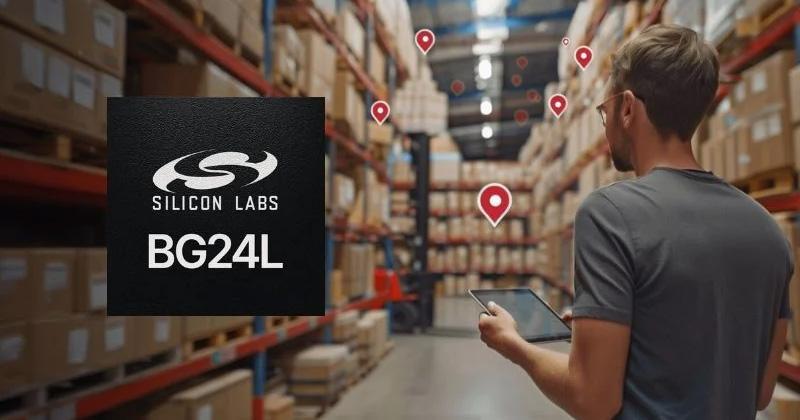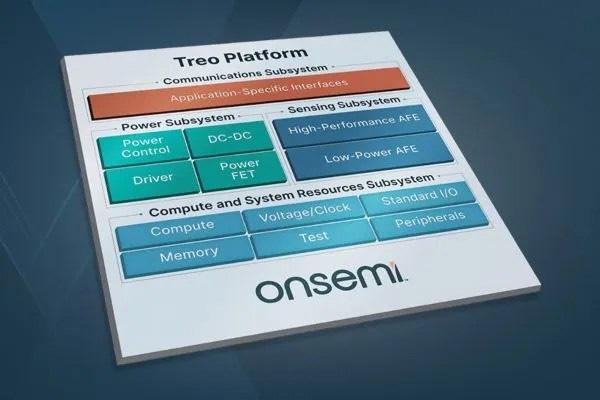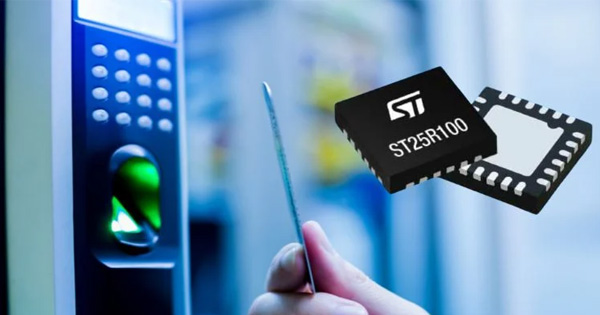
Onsemi’s Treo Taps Weebit ReRAM
Weebit Nano’s latest licensing agreement is a significant one for the ReRAM maker, which will see its ReRAM integrated into onsemi’s Treo Analog and Mixed Signal Platform to provide it with embedded NVM.
In an interview with EE Times, Eran Briman, Weebit’s VP of marketing and business development, said this is the third licencing agreement for the company and a significant one revenue-wise. “Onsemi is very strong with power management.”
He added that onsemi’s 65-nm Bipolar-CMOS-DMOS (BCD) manufacturing facility in East Fishkill, N.Y., is shipping many different parts, but that one piece that is missing there is an NVM.
Briman said TSMC was the first manufacturer to offer the ability to integrate NVM into their BCD process, and that trend has grown among vendors, foundries and IDMs. Weebit Nano already has a similar deal with DB HiTek, a global top 10 foundry, he added.
The licensing agreement is significant for Weebit Nano because onsemi’s 65-nm platform is aimed mostly at industrial and automotive applications, the latter of which has tough certifications and environmental demands, Briman said, as well as a high number of cycles before the memory fails. “It’s really pushing the boundaries both in terms of cycling and in terms of temperature.”
ReRAM is not the only NVM that can handle the extremes of automotive, but alternatives like MRAM only make sense at more advanced process nodes. “Nobody’s trying to integrate MRAM into the older process nodes because it’s just too expensive,” Briman said. The materials, equipment and tools necessary do not make it economically feasible for anything like what onsemi is doing at 65 nm.

Onsemi’s Treo platform features a modular architecture to accelerate development of intelligent power management, sensor interface and communications solutions and will leverage Weebit Nano’s ReRAM to meet NVM requirements. (Source: onsemi)
The other alternative is embedded flash, Briman noted, but it is a front-end technology, making it a riskier, more expensive endeavor. As a back-end technology, ReRAM is completely separated from any analog parts on the front end, which simplifies integration and makes it low risk, making it the best option for BCD, according to Briman.
Power consumption is also a critical characteristic, with ReRAM coming in much lower than embedded flash—only 3 V for programming compared to 12 V for flash. “That’s a very big advantage that we offer in terms of power consumption,” Briman said.
Vijay Rentala, CTO for onsemi’s analog and mixed signals group, told EE Times in an interview that the Treo platform is the culmination of a multi-year effort, launched at electronica 2024. It integrates bipolar, CMOS and DMOS transistors on a single chip, supporting voltages from 1 V to 90 V and temperatures up to 175 degrees Celsius.
Rentala said the Treo platform has a modular, SoC-like architecture and includes numerous IP building blocks that make up the compute, power management, sensing and communications subsystems built on the 65-nm process node. “Because it’s 65 nanometers, we’re going to achieve about 45% of die reduction compared to the current generation of products out there in the market.”
He added that the combination of dense digital, precision analog and high-power management in one platform make it the first of its kind. “That’s why we call [it] Treo—because it brings in the best of the three different domains into one,” he said. “It’s going to create new system topologies.”
Treo also supports the industry’s widest voltage range on a leading node, Rentala said, and simplifies system designs, reduces costs and boosts performance for automotive, industrial and medical applications, as well as AI data centers.
Multiple product families built on Treo are already sampling, Rentala noted, including voltage translators, ultra-low-power AFEs, LDOs, ultrasonic sensors, multi-phase controllers and single-pair Ethernet controllers. Additionally, the products built on the platform will be manufactured at onsemi’s fab in East Fishkill. “Controllers, digital controllers, standard peripherals all can be constructed using the same platform,” he said. “In the past, all these things are possible, but using different technologies. This is the first platform that enables that with a single silicon.”
Examples of products that could leverage Treo are high-performance ultrasonic sensors for automotive parking assistance applications that can detect objects that are much closer to the vehicle than before. In power-hungry AI data centers, Treo will enable more compact smart power stages, thereby improving power delivery to GPUs and CPUs, as well as leading to reduced cooling requirements, significant energy savings and a smaller environmental footprint.
Rentala said embedded NVMs like ReRAM helps to store and execute code, which is critical for many devices being produced using Treo. “It allows our customers to actually put their code inside the silicon.”
Weebit’s Briman said the company is pursuing similar licensing agreements for the company’s ReRAM to be used in more advanced process nodes and applications for IoT, wireless MCUs and automotive. “Automotive is usually more advanced, and as you go down below 28 nanometers, there’s no embedded flash alternative there,” he said. “That’s the next immediate opportunity for us and for that reason, we’re now actively qualifying our technology to the highest automotive standards.”


